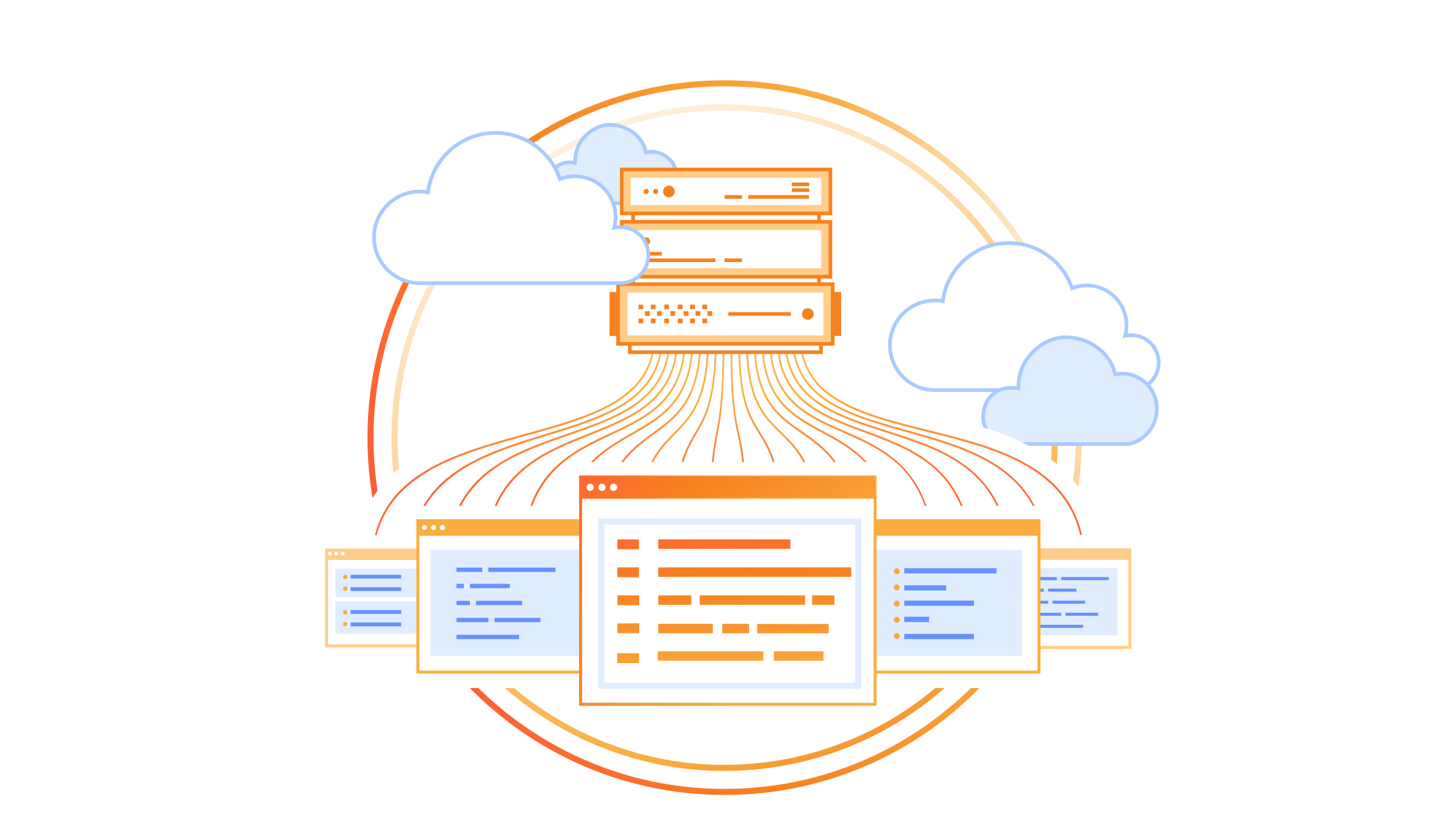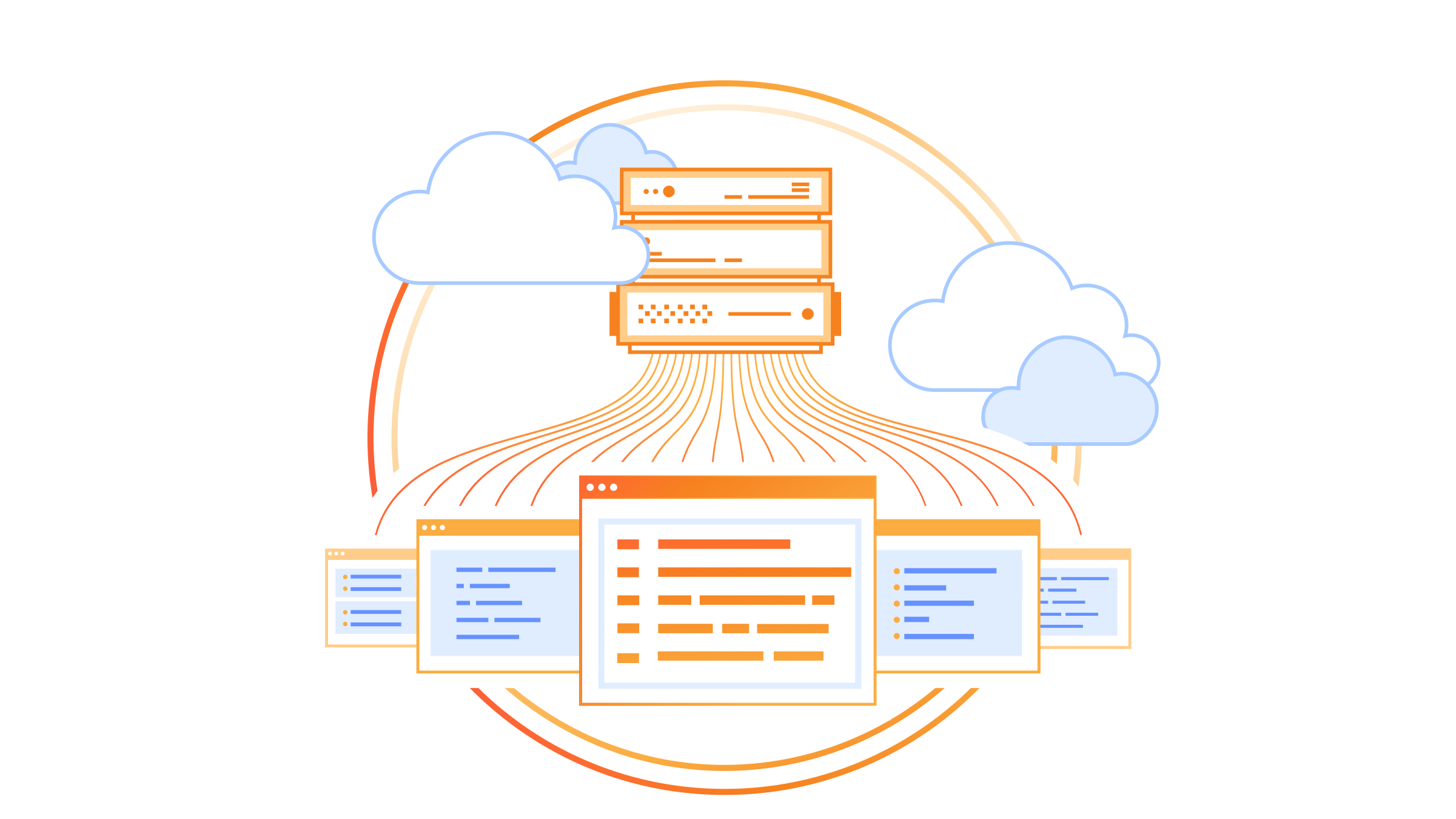New Project: BGP Hands-On Labs
Approximately 30 years ago I managed to persuade the powers-that-be within Cisco’s European training organization that they needed a deep-dive BGP course, resulting in a 3 (later 5) day Advanced BGP Configuration and Troubleshooting (ABCT) course1. I was delivering that course for close to a decade, and gradually built a decent story explaining the reasoning and use cases behind most of (then available) BGP features, from simple EBGP sessions to BGP route reflectors and communities2.
Now imagine having more than a dozen hands-on labs that go with the “BGP from rookie to hero” story available for any platform of your choice3. I plan to make that work (eventually) as an open-source project that you’ll be able to download and run free-of-charge.
New Project: BGP Hands-On Labs
Long story short: I decided to create open-source BGP configuration labs, and (so far) created a superset of labs we used in an ancient Advanced BGP Configuration and Troubleshooting (ABCT) course
Stable Diffusion Web UI on Linux
In this tutorial, I will share my experience installing the web-based user interface for Stable […]
The post Stable Diffusion Web UI on Linux first appeared on Brezular's Blog.
Day Two Cloud 205: States Of Quantum Computing With Abby Mitchell
Today's Day Two Cloud peers inside the box of quantum computing. We explore how it works, what qbits are and why they matter, the current state of quantum computing hardware, what problems could be solved with quantum computing, and how you can get involved with it via the Qiskit open-source project. Our guest is Abby Mitchell, Quantum Developer Advocate at IBM.
The post Day Two Cloud 205: States Of Quantum Computing With Abby Mitchell appeared first on Packet Pushers.
Day Two Cloud 205: States Of Quantum Computing With Abby Mitchell
Today's Day Two Cloud peers inside the box of quantum computing. We explore how it works, what qbits are and why they matter, the current state of quantum computing hardware, what problems could be solved with quantum computing, and how you can get involved with it via the Qiskit open-source project. Our guest is Abby Mitchell, Quantum Developer Advocate at IBM.HS053 IT Facilities in 2023
The use of physical infrastructure has changed substantially in the last three years. Data centres are scaling down, offices and branches are being re-considered. One view is that offices are ‘playgrounds’ where white collar workers gather to chat, socialise, drink free coffee and have face-to-face for one or two days a week. An opposing view is that its legacy way of working but it will take time for people to adapt to remote work.
The post HS053 IT Facilities in 2023 appeared first on Packet Pushers.
HS053: IT Facilities in 2023
The use of physical infrastructure has changed substantially in the last three years. Data centres are scaling down, offices and branches are being re-considered. One view is that offices are ‘playgrounds’ where white collar workers gather to chat, socialise, drink free coffee and have face-to-face for one or two days a week. An opposing view is that its legacy way of working but it will take time for people to adapt to remote work.Hardening Workers KV


Over the last couple of months, Workers KV has suffered from a series of incidents, culminating in three back-to-back incidents during the week of July 17th, 2023. These incidents have directly impacted customers that rely on KV — and this isn’t good enough.
We’re going to share the work we have done to understand why KV has had such a spate of incidents and, more importantly, share in depth what we’re doing to dramatically improve how we deploy changes to KV going forward.
Workers KV?
Workers KV — or just “KV” — is a key-value service for storing data: specifically, data with high read throughput requirements. It’s especially useful for user configuration, service routing, small assets and/or authentication data.
We use KV extensively inside Cloudflare too, with Cloudflare Access (part of our Zero Trust suite) and Cloudflare Pages being some of our highest profile internal customers. Both teams benefit from KV’s ability to keep regularly accessed key-value pairs close to where they’re accessed, as well its ability to scale out horizontally without any need to become an expert in operating KV.
Given Cloudflare’s extensive use of KV, it wasn’t just external customers impacted. Our own internal teams felt the pain Continue reading
Cloudflare Workers database integration with Upstash


During Developer Week we announced Database Integrations on Workers a new and seamless way to connect with some of the most popular databases. You select the provider, authorize through an OAuth2 flow and automatically get the right configuration stored as encrypted environment variables to your Worker.
Today we are thrilled to announce that we have been working with Upstash to expand our integrations catalog. We are now offering three new integrations: Upstash Redis, Upstash Kafka and Upstash QStash. These integrations allow our customers to unlock new capabilities on Workers. Providing them with a broader range of options to meet their specific requirements.
Add the integration
We are going to show the setup process using the Upstash Redis integration.
Select your Worker, go to the Settings tab, select the Integrations tab to see all the available integrations.

After selecting the Upstash Redis integration we will get the following page.

First, you need to review and grant permissions, so the Integration can add secrets to your Worker. Second, we need to connect to Upstash using the OAuth2 flow. Third, select the Redis database we want to use. Then, the Integration will fetch the right information to generate the credentials. Finally, click “Add Continue reading
C. Part 00. How I have appeared here after many years in Python?
Hello my friend,
It has been a long, very long break in posting. In fact, it was almost for half a year, which are not proud of in any capacity. However, this was needed to allow my to accomplish a few things in my own study and get back even more loaded, so that I can share more useful information and insights about networking, computing, software development and IT in general.
So, Have You Stopped Doing Automation?
We have absolutely not. In fact, developing software for distributes systems, which requires network connectivity between their components, I see how critical is to have the entire IT infrastructure (including networking) to have done right. By “done right” I mean the IT/network infrastructure, which is stable, predictable and deterministic. And in the fast pace environment, where you scale your infrastructure quick up and down (we are not talking about Kubernetes here), the network automation is the only way to achieve this level of precision and sustainability. So, my dudes, network automation is THE ONLY way how the network can be operated in now and in future. Your software development/business teams will be happy if you do things in your network automated way, I Continue reading
Changing Diapers, Not Lives

When was the last time you heard a product pitch that included words like paradigm shift or disruptive or even game changing? Odds are good that covers the majority of them. Marketing teams love to sell people on the idea of radically shifting the way that they do something or revolutionizing an industry. How often do you feel that companies make something that accomplishes the goal of their marketing hype? Once a year? Once a decade? Of the things that really have changed the world, did they do it with a big splash? Or was it more of a gradual change?
Repetition and Routine
When children are small they are practically helpless. They need to be fed and held and have their diapers changed. Until they are old enough to move and have the motor functions to feed themselves they require constant care. In fact, potty training is usually one of the last things on that list above. Kids can feed themselves and walk places and still be wearing diapers. It’s just one of those things that we do as parents.
Yet, changing diapers represents a task that we usually have no issue with. Sure it’s not the most glamorous Continue reading